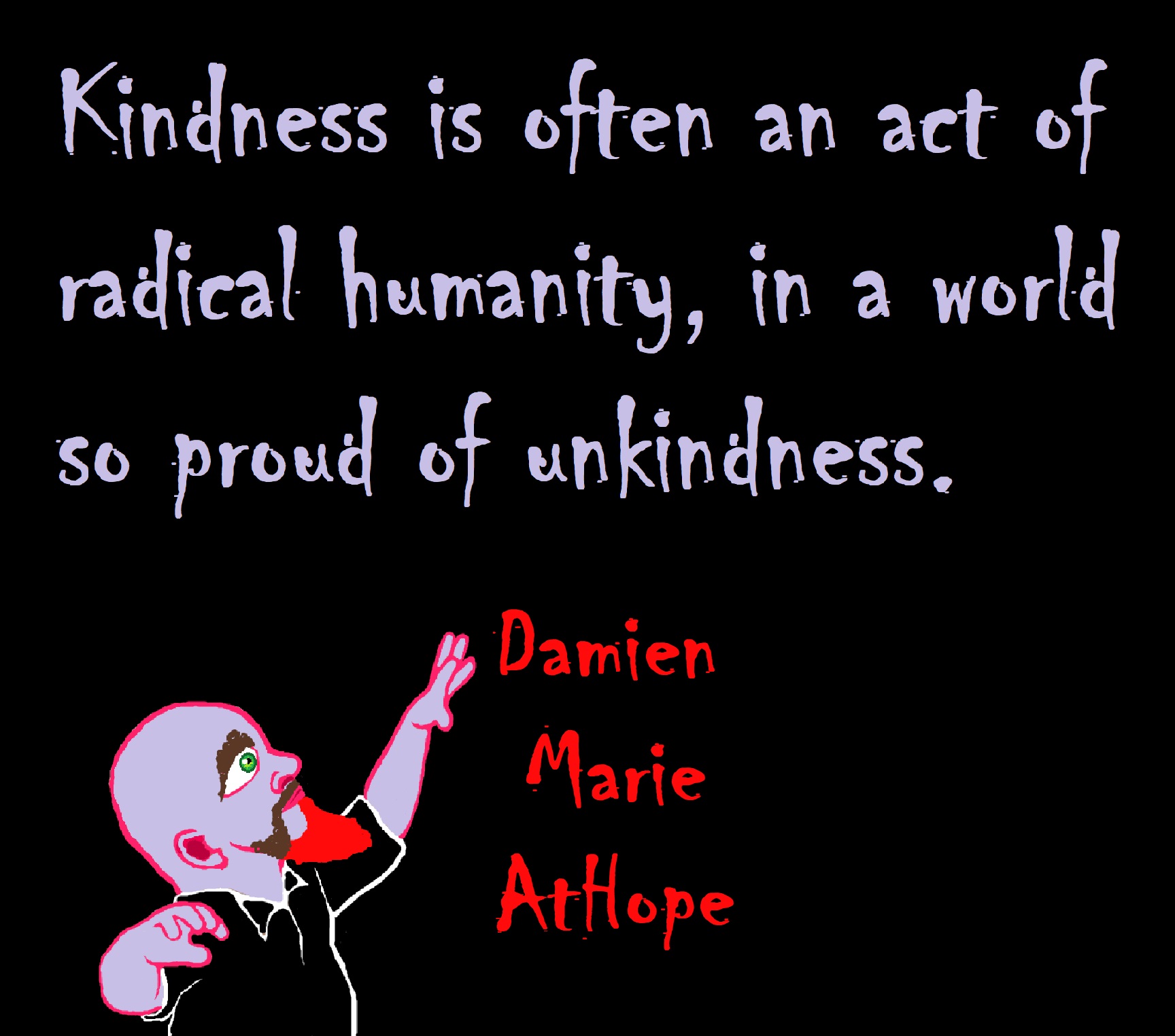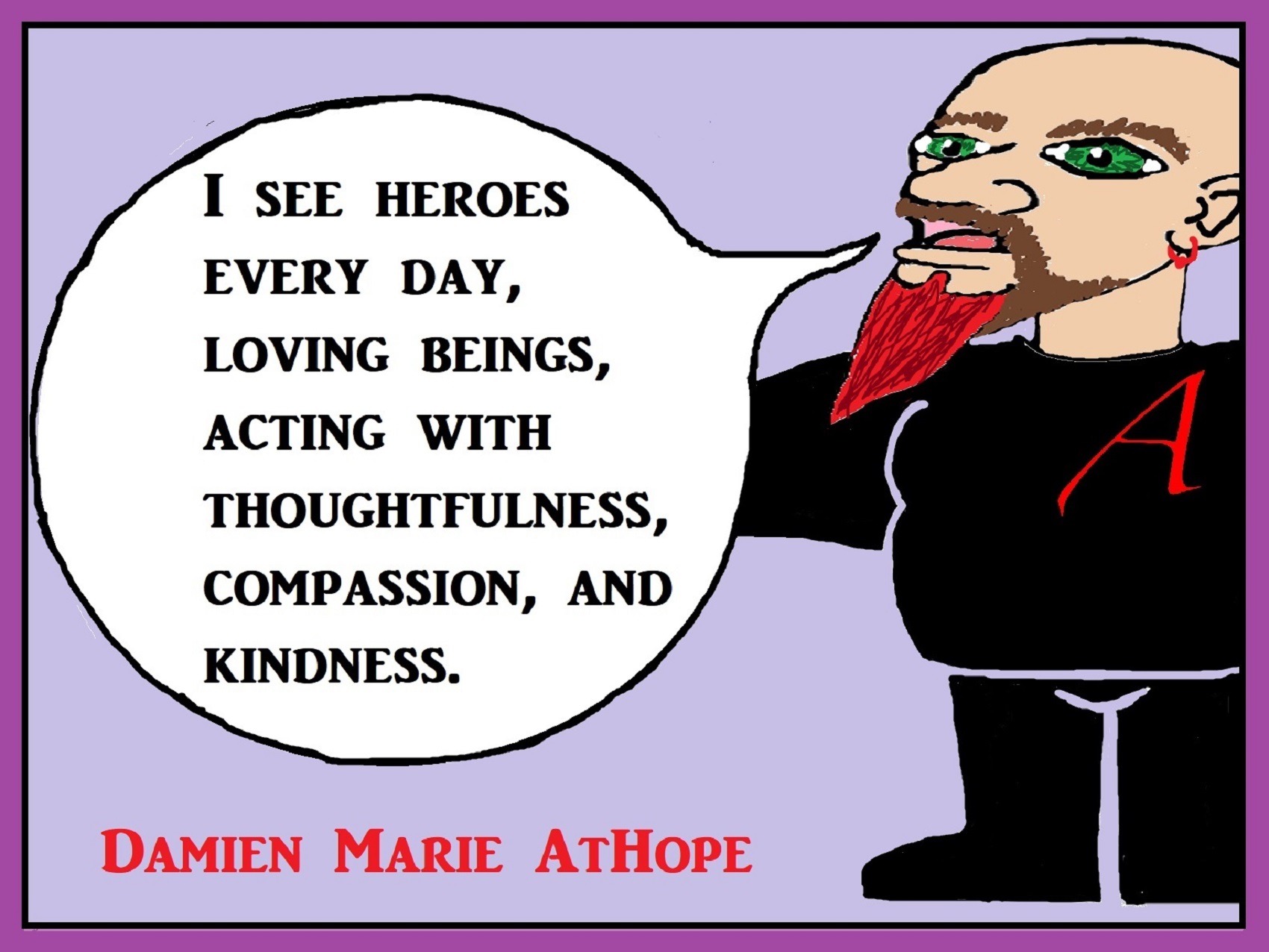
Effects of Compassion on the Brain
“Compassion Training Alters Altruism and Neural Responses to Suffering”
“Have you ever wondered if someone with even the hardest exterior could learn sensitivity and love? A new study shows that we can be trained to feel compassion for others just like we learn many other skills. Researchers at the University of Wisconsin Madison discovered human kindness is teachable, and what’s more – it can change how the brain works, making acts of kindness in others and ourselves more commonplace. We’ve been told through the ages that we need to develop compassion for our fellow humans and other sentient creatures on this planet, but that emotional state has been difficult to pin down scientifically. Motivating altruistic behavior in people was a big puzzle – until now.” Ref
“Compassion is a key motivator of altruistic behavior, but little is known about individuals’ capacity to cultivate compassion through training. We examined whether compassion may be systematically trained by testing whether (a) short-term compassion training increases altruistic behavior and (b) individual differences in altruism are associated with training-induced changes in neural responses to suffering. In healthy adults, we found that compassion training increased altruistic redistribution of funds to a victim encountered outside of the training context. Furthermore, increased altruistic behavior after compassion training was associated with altered activation in brain regions implicated in social cognition and emotion regulation, including the inferior parietal cortex and dorsolateral prefrontal cortex (DLPFC), and in DLPFC connectivity with the nucleus accumbens. These results suggest that compassion can be cultivated with training and that greater altruistic behavior may emerge from increased engagement of neural systems implicated in understanding the suffering of other people, executive and emotional control, and reward processing.” Ref
“Unlike empathy, compassion increases activity in the areas of the brain involved in dopaminergic reward and oxytocin-related affiliative processes, and enhances positive emotions in response to adverse situations.” ref
“In contrast to empathy, compassion is characterized by feelings of warmth, concern, and care for the other, as well as a strong motivation to improve the other’s wellbeing. Compassion goes beyond feeling with the other to feeling for the other. Unlike empathy, compassion increases activity in the areas of the brain involved in dopaminergic reward and oxytocin-related affiliative processes, and enhances positive emotions in response to adverse situations. While empathizing with my client making a euthanasia decision invokes my own feelings of sadness, moving to compassion for my client’s situation results in sympathy, empathic concern, and positive emotional feelings that counterbalance my sadness and cause me to take action to help my client. Instead of withdrawing and rushing through the procedure in self-defence, compassion enables me to slow down and be present with my client without experiencing distress.” ref
“This is the critical property of compassion that differentiates it from empathy. Because compassion generates positive emotions, it counteracts negative effects of empathy elicited by experiencing others’ suffering. Unlike the dopamine depletion that occurs from activation of the pain networks, the neural networks activated when people feel compassion towards others activate brain areas linked to reward processing that are full of receptors for oxytocin and vasopressin, the neuropeptides that are crucial in attachment and bonding. Compassion does not fatigue — it is neurologically rejuvenating! Interventions to deal with burnout in health care professionals typically focus on stress management and other self-care strategies, but have little evidence of efficacy. While self-care is always a good thing, Singer and other neuroscientists have proven that compassion is a skill that can be cultivated, and that empathic distress can be reversed, by learning how to turn empathy into compassion.” ref
“The most well-studied techniques for compassion skills are found in mindfulness meditation programs. Even with short periods of compassion training, participants continue to feel empathy for the suffering of others, but gain the capacity to feel positive emotions without feeling distress. With the understanding that empathic distress is self-centered while compassion is other-centered, it should come as no surprise that wellness is a social phenomenon and the techniques for cultivating compassion are taught in groups with interactive exercises. In fact, many studies now demonstrate that compassion training leads to long-lasting changes in attitudes and behaviors toward other people that transcend the specific situation in which compassionate feelings were evoked, and moreover that these prosocial behaviors transfer to a broad range of people and situations.” ref
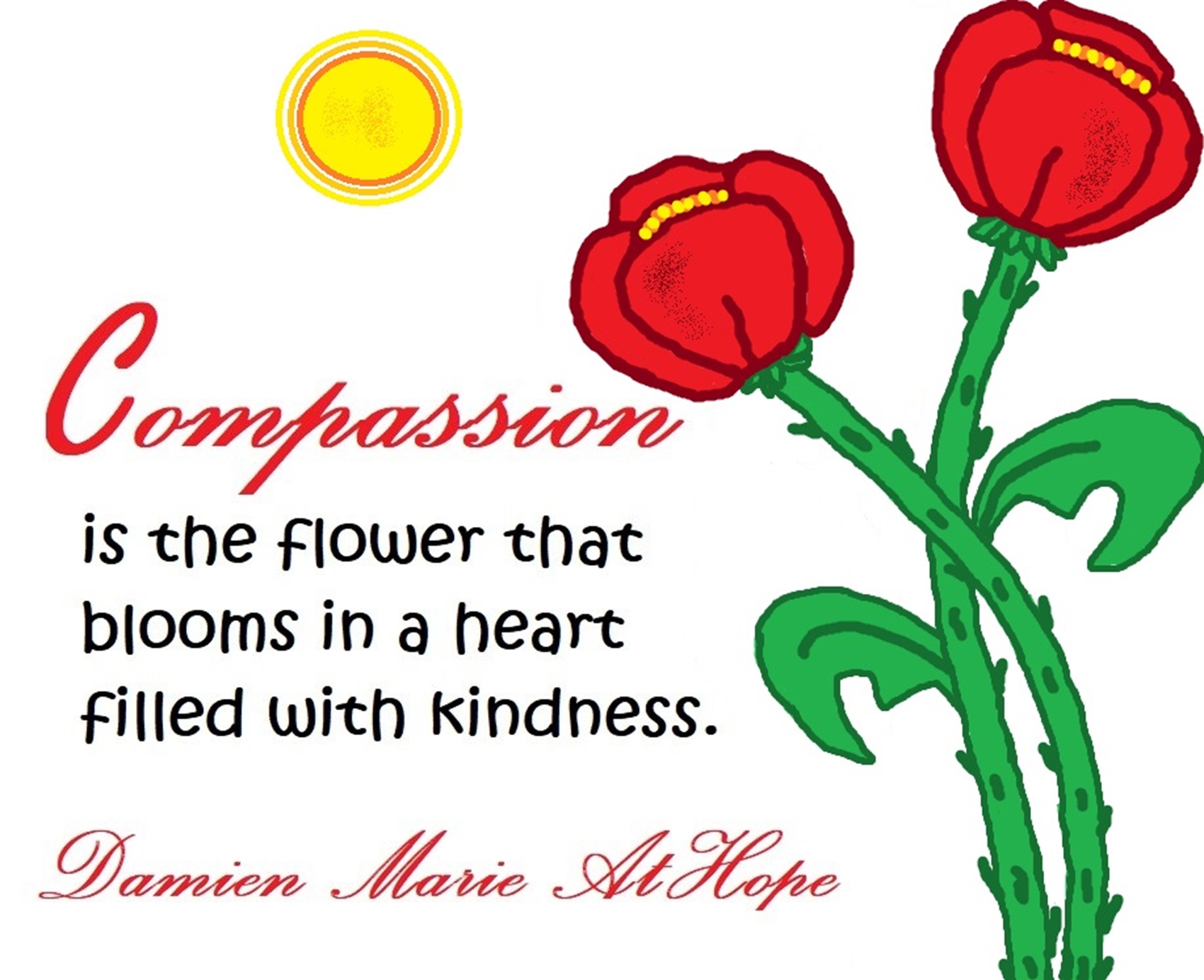
“Decades of clinical research has focused and shed light on the psychology of human suffering. That suffering, as unpleasant as it is, often also has a bright side to which research has paid less attention: compassion. Human suffering is often accompanied by beautiful acts of compassion by others wishing to help relieve it. What led 26.5 percent of Americans to volunteer in 2012 (according to statistics from the US Department of Labor)? What propels someone to serve food at a homeless shelter, pull over on the highway in the rain to help someone with a broken down vehicle, or feed a stray cat?” ref
“What is compassion and how is it different from empathy or altruism? The definition of compassion is often confused with that of empathy. Empathy, as defined by researchers, is the visceral or emotional experience of another person’s feelings. It is, in a sense, an automatic mirroring of another’s emotion, like tearing up at a friend’s sadness. Altruism is an action that benefits someone else. It may or may not be accompanied by empathy or compassion, for example in the case of making a donation for tax purposes. Although these terms are related to compassion, they are not identical. Compassion often does, of course, involve an empathic response and an altruistic behavior. However, compassion is defined as the emotional response when perceiving suffering and involves an authentic desire to help.” ref
Is Compassion Natural or Learned?
“Though economists have long argued the contrary, a growing body of evidence suggests that, at our core, both animals and human beings have what APS Fellow Dacher Keltner at the University of California, Berkeley, coins a “compassionate instinct.” In other words, compassion is a natural and automatic response that has ensured our survival. Research by APS Fellow Jean Decety, at the University of Chicago, showed that even rats are driven to empathize with another suffering rat and to go out of their way to help it out of its quandary. Studies with chimpanzees and human infants too young to have learned the rules of politeness, also back up these claims. Michael Tomasello and other scientists at the Max Planck Institute, in Germany, have found that infants and chimpanzees spontaneously engage in helpful behavior and will even overcome obstacles to do so. They apparently do so from intrinsic motivation without expectation of reward.” ref
“A recent study they ran indicated that infants’ pupil diameters (a measure of attention) decrease both when they help and when they see someone else helping, suggesting that they are not simply helping because helping feels rewarding. It appears to be the alleviation of suffering that brings reward — whether or not they engage in the helping behavior themselves. Recent research by David Rand at Harvard University shows that adults’ and children’s first impulse is to help others. Research by APS Fellow Dale Miller at Stanford’s Graduate School of Business suggests that this is also the case of adults, however, worrying that others will think they are acting out of self-interest can stop them from this impulse to help.” ref
“It is not surprising that compassion is a natural tendency since it is essential for human survival. As has been brought to light by Keltner, the term “survival of the fittest,” often attributed to Charles Darwin, was actually coined by Herbert Spencer and Social Darwinists who wished to justify class and race superiority. A lesser known fact is that Darwin’s work is best described with the phrase “survival of the kindest.” Indeed in The Descent of Man and Selection In Relation to Sex, Darwin argued for “the greater strength of the social or maternal instincts than that of any other instinct or motive.” In another passage, he comments that “communities, which included the greatest number of the most sympathetic members, would flourish best, and rear the greatest number of offspring.” Compassion may indeed be a naturally evolved and adaptive trait. Without it, the survival and flourishing of our species would have been unlikely.” ref
“One more sign that suggests that compassion is an adaptively evolved trait is that it makes us more attractive to potential mates. A study examining the trait most highly valued in potential romantic partners suggests that both men and women agree that “kindness” is one of the most highly desirable traits. Compassion may have ensured our survival because of its tremendous benefits for both physical and mental health and overall well-being. Research by APS William James Fellow Ed Diener, a leading researcher in positive psychology, and APS James McKeen Cattell Fellow Martin Seligman, a pioneer of the psychology of happiness and human flourishing, suggests that connecting with others in a meaningful way helps us enjoy better mental and physical health and speeds up recovery from disease; furthermore, research by Stephanie Brown, at Stony Brook University, and Sara Konrath, at the University of Michigan, has shown that it may even lengthen our life spans.” ref
Compassion’s Surprising Benefits for Physical and Psychological Health
“The reason a compassionate lifestyle leads to greater psychological well-being may be explained by the fact that the act of giving appears to be as pleasurable, if not more so, as the act of receiving. A brain-imaging study headed by neuroscientist Jordan Grafman from the National Institutes of Health showed that the “pleasure centers” in the brain, i.e., the parts of the brain that are active when we experience pleasure (like dessert, money, and sex), are equally active when we observe someone giving money to charity as when we receive money ourselves! Giving to others even increases well-being above and beyond what we experience when we spend money on ourselves. In a revealing experiment by Elizabeth Dunn, at the University of British Columbia, participants received a sum of money and half of the participants were instructed to spend the money on themselves; the other half was told to spend the money on others. At the end of the study, which was published in the academic journal Science, participants who had spent money on others felt significantly happier than those who had spent money on themselves.” ref
“This is true even for infants. A study by Lara Aknin and colleagues at the University of British Columbia shows that even in children as young as two, giving treats to others increases the givers’ happiness more than receiving treats themselves. Even more surprisingly, the fact that giving makes us happier than receiving is true across the world, regardless of whether countries are rich or poor. A new study by Aknin, now at Simon Fraser University, shows that the amount of money spent on others (rather than for personal benefit) and personal well-being were highly correlated, regardless of income, social support, perceived freedom, and perceived national corruption.” ref
Why is Compassion Good For Us?
“Why does compassion lead to health benefits in particular? A clue to this question rests in a fascinating new study by Steve Cole at the University of California, Los Angeles, and APS Fellow Barbara Fredrickson at the University of North Carolina at Chapel Hill. The results were reported at Stanford Medical School’s Center for Compassion and Altruism Research and Education’s (CCARE) inaugural Science of Compassion conference in 2012. Their study evaluated the levels of cellular inflammation in people who describe themselves as “very happy.” Inflammation is at the root of cancer and other diseases and is generally high in people who live under a lot of stress.” ref
“We might expect that inflammation would be lower for people with higher levels of happiness. Cole and Fredrickson found that this was only the case for certain “very happy” people. They found that people who were happy because they lived the “good life” (sometimes also know as “hedonic happiness”) had high inflammation levels but that, on the other hand, people who were happy because they lived a life of purpose or meaning (sometimes also known as “eudaimonic happiness”) had low inflammation levels. A life of meaning and purpose is one focused less on satisfying oneself and more on others. It is a life rich in compassion, altruism, and greater meaning.” ref
“Another way in which a compassionate lifestyle may improve longevity is that it may serve as a buffer against stress. A new study conducted on a large population (more than 800 people) and spearheaded by the University at Buffalo’s Michael Poulin found that stress did not predict mortality in those who helped others, but that it did in those who did not. One of the reasons that compassion may protect against stress is the very fact that it is so pleasurable. Motivation, however, seems to play an important role in predicting whether a compassionate lifestyle exerts a beneficial impact on health. Sara Konrath, at the University of Michigan, discovered that people who engaged in volunteerism lived longer than their non-volunteering peers — but only if their reasons for volunteering were altruistic rather than self-serving.” ref
“Another reason compassion may boost our well-being is that it can help broaden our perspective beyond ourselves. Research shows that depression and anxiety are linked to a state of self-focus, a preoccupation with “me, myself, and I.” When you do something for someone else, however, that state of self-focus shifts to a state of other-focus. If you recall a time you were feeling blue and suddenly a close friend or relative calls you for urgent help with a problem, you may remember that as your attention shifts to helping them, your mood lifts. Rather than feeling blue, you may have felt energized to help; before you knew it, you may even have felt better and gained some perspective on your own situation as well.” ref
“Finally, one additional way in which compassion may boost our well-being is by increasing a sense of connection to others. One telling study showed that lack of social connection is a greater detriment to health than obesity, smoking, and high blood pressure. On the flip side, strong social connection leads to a 50 percent increased chance of longevity. Social connection strengthens our immune system (research by Cole shows that genes impacted by social connection also code for immune function and inflammation), helps us recover from disease faster, and may even lengthen our life. People who feel more connected to others have lower rates of anxiety and depression.” ref
“Moreover, studies show that they also have higher self-esteem, are more empathic to others, more trusting and cooperative and, as a consequence, others are more open to trusting and cooperating with them. Social connectedness therefore generates a positive feedback loop of social, emotional, and physical well-being. Unfortunately, the opposite is also true for those who lack social connectedness. Low social connection has been generally associated with declines in physical and psychological health, as well as a higher propensity for antisocial behavior that leads to further isolation. Adopting a compassionate lifestyle or cultivating compassion may help boost social connection and improve physical and psychological health.” ref
Why Compassion Really Does Have the Ability to Change the World
“Why are the lives of people like Mother Teresa, Martin Luther King, Jr., and Desmond Tutu so inspiring? Research by APS Fellow Jonathan Haidt at the University of Virginia suggests that seeing someone helping another person creates a state of “elevation.” Have you ever been moved to tears by seeing someone’s loving and compassionate behavior? Haidt’s data suggest that elevation then inspires us to help others — and it may just be the force behind a chain reaction of giving. Haidt has shown that corporate leaders who engage in self-sacrificing behavior and elicit “elevation” in their employees, also yield greater influence among their employees — who become more committed and in turn may act with more compassion in the workplace.” ref
“Indeed, compassion is contagious. Social scientists James Fowler of the University of California, San Diego, and Nicholas Christakis of Harvard demonstrated that helping is contagious: acts of generosity and kindness beget more generosity in a chain reaction of goodness. You may have seen one of the news reports about chain reactions that occur when someone pays for the coffee of the drivers behind them at a drive-through restaurant or at a highway tollbooth. People keep the generous behavior going for hours. Our acts of compassion uplift others and make them happy. We may not know it, but by uplifting others we are also helping ourselves; research by Fowler and Christakis has shown that happiness spreads and that if the people around us are happy, we, in turn become happier.” ref
Cultivating Compassion
“Although compassion appears to be a naturally evolved instinct, it sometimes helps to receive some training. A number of studies have now shown that a variety of compassion and “loving-kindness” meditation practices, mostly derived out of traditional Buddhist practices, may help cultivate compassion. Cultivating compassion does not require years of study and can be elicited quite rapidly. In a study Cendri Hutcherson, at the California Institute of Technology, and I conducted in 2008 with APS Fellow James Gross at Stanford, we found that a seven-minute intervention was enough to increase feelings of closeness and connection to the target of meditation on both explicit measures, but also on implicit measures that participants could not voluntarily control; this suggests that their sense of connection had changed on a deep-seated level. Fredrickson tested a nine-week loving-kindness meditation intervention and found that the participants who went through the intervention experienced increased daily positive emotions, reduced depressive symptoms, and increased life satisfaction. A group led by Sheethal Reddy at Emory with foster children showed that a compassion intervention increased hopefulness in the children. Overall, research on compassion interventions show improvements in psychological well-being, compassion, and social connection.” ref
“In addition to questionnaire measures, researchers are finding that compassion interventions also impact behavior. APS Fellow Tania Singer and her team at the Max Planck Institute conducted a study that looked at the effects of compassion training on prosocial behavior. These researchers developed the Zurich Prosocial Game, which has the ability to measure an individual’s prosocial behavior multiple times, unlike many other prosocial tasks that only measure prosocial behavior in individuals once. Singer found that daylong compassion training did in fact increase prosocial behavior on the game. Interestingly, the type of meditation seems to matter less than just the act of meditation itself. Condon, Miller, Desbordes, and DeSteno (in press) found that eight-week meditation trainings led participants to act more compassionately toward a person who is suffering (give up their chair to someone in crutches) — regardless of the type of meditation that they did (mindfulness or compassion).” ref
“More research is needed to understand exactly how compassion training improves well-being and promotes altruistic behavior. Research by Antoine Lutz and APS William James Fellow Richard Davidson at the University of Wisconsin-Madison found that, during meditation, participants display enhanced emotional processing in brain regions linked to empathy in response to emotion-evoking cries. A study led by Gaëlle Desbordes at Massachusetts General Hospital indicated that both compassion and a mindfulness meditation training decreased activity in the amygdala in response to emotional images; this suggests that meditation in general can help improve emotion regulation. However, compassion meditation did not reduce activity for images of human suffering, suggesting that the compassion meditation increased a person’s responsiveness to suffering.” ref
“In collaboration with Thupten Jinpa, personal translator to the Dalai Lama, as well as several Stanford psychologists, CCARE has developed a secular compassion training program known as the Compassion Cultivation Training Program. Preliminary research spearheaded by Stanford’s Philippe Goldin suggests that it is helpful in reducing ailments such as social anxiety and that it elevates different compassion measures. In addition to having taught hundreds of community members and Stanford students who have expressed interest, we have also developed a teacher-training program currently under way.” ref
“Given the importance of compassion in our world today, and a growing body of evidence about the benefits of compassion for health and well-being, this field is bound to generate more interest and hopefully impact our community at large. CCARE envisions a world in which, thanks to rigorous research studies on the benefits of compassion, the practice of compassion is understood to be as important for health as physical exercise and a healthful diet; empirically validated techniques for cultivating compassion are widely accessible; and the practice of compassion is taught and applied in schools, hospitals, prisons, the military, and other community settings.” ref
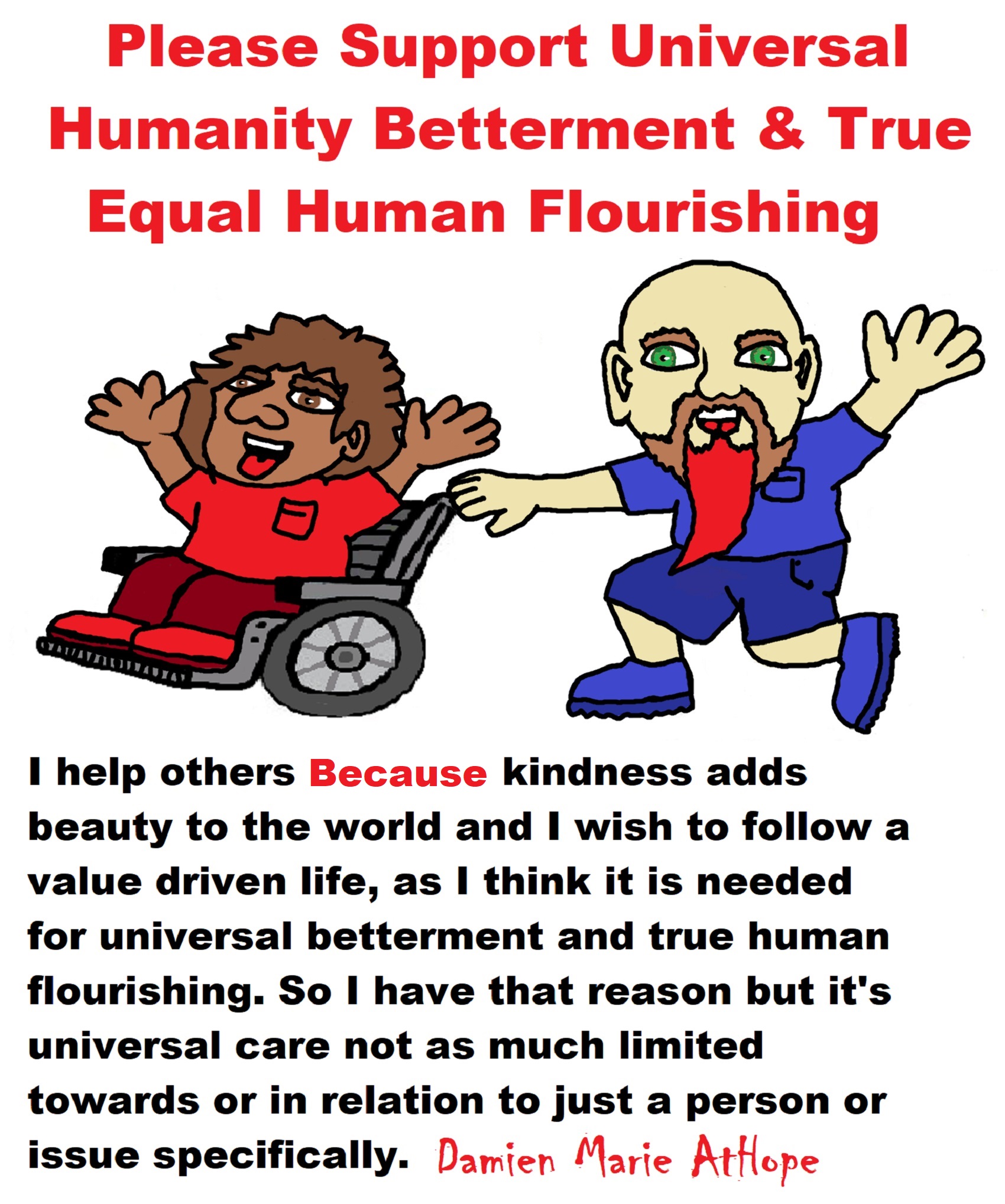
“Scientists define compassion as a sensitivity to the suffering of another, coupled with a desire to alleviate their suffering. This makes compassion a separate entity from its cousin, empathy, which is a general shared experience of another person’s emotional state, be it anger, sadness, joy or suffering. Empathy usually does not involve a motivational or a “prosocial” component – wanting to help another person is a purely compassionate response. Compassion is also distinct from empathy in that the feelings generated by compassion could be totally different from those observed in the suffering person. I could feel anger at the injustice meted upon certain members of society, for instance. Empathy, on the other hand, is more of a “mirror system.” I see sadness, so I feel sad.” ref
“In addition to empathy, is also important to distinguish compassion from another related construct: altruism. While compassion may be associated with caregiving, altruistic behaviors in themselves are not necessarily evidence that the person has experienced compassion. A person may, for instance, indulge in helping behavior as an attempt to reduce their own feeling of distress. Studies have shown that the perception of suffering causes “empathetic distress” in the person witnessing the suffering, and it is not hard to imagine that altruism driven by such distress can be detrimental – to both the giver and the receiver of the response. Altruistic behaviors can also originate from a need to feel good about oneself, a desire for social recognition, or to satisfy a sense of duty or obligation.” ref
“From a neuroscience point of view, healthy compassion seems to involve two components in a complex interplay – an arousal component, and a higher-order reappraisal or self-regulation component. Arousal on witnessing an event that elicits compassion involves increased heart rate and nausea, symptoms like those experienced during personal threat or pain. Left unchecked, this can soon turn into personal distress. The reappraisal component of compassion, however, which is mediated by higher-order brain areas in the prefrontal cortex, seems to protect from personal distress. When I was wondering about how the Seattle volunteers were motivated enough to help someone they hardly knew, I might have, unbeknownst to myself, hit upon an important characteristic of compassion. Studies have found that, in general, similar and close others cause people to feel more compassion. This isn’t surprising, however, given its evolutionary origins – indulging in protective, self-sacrificial behavior is a defining characteristic of maternal protection of vulnerable offspring.” ref
“But how does evolutionary theory attempt to explain compassion towards non-kin individuals? Why would someone feel moved by the experience of an individual they have no relation to and be motivated to want to alleviate their suffering? Evolutionary theory suggests that helping others has benefits to the individual themselves – by directly or indirectly strengthening the group they belong to and opening the doors to reciprocal helping behavior. At some point in our evolutionary history, it seems, the narrow view of protecting one’s own children from danger expanded to include compassion towards other individuals with whom people were likely to interact with repeatedly and people considered to be in-group members. Like empathy, which has a distinct in-group preference, compassion too seems to be directed largely towards individuals we identify with, for whatever reason.” ref
Building Cooperation and Relationships in the Face of Stress
“This has interesting, and often counterintuitive, implications. From a logical viewpoint, it may seem that someone with access to more resources would be more compassionate, given that they can help others at a lower cost to themselves, but the opposite has been found to be the case. Research has shown that people belonging to a lower social class rank tend to be more sensitive to others’ distress and need, and in turn, more compassionate. The team of scientists who performed the study on social rank and compassion relate their findings to a “broaden and build” response to stress, in which people seek to build cooperation and relationships in the face of stress, rather than fight or flee. This broaden-and-build theory suggests that acting on positive impulses has several benefits for individuals — including building psychological resilience and reducing negative emotions — that ultimately help the individual survive better in the face of stress.” ref
The Physiology of Self-Compassion
“For the past decade or so I’ve been conducting research on self-compassion, and have found that people who are compassionate to themselves are much less likely to be depressed, anxious, and stressed, and are much more likely to be happy, resilient, and optimistic about their future. In short, they have better mental health. The power of self-compassion is not just an idea – it’s very real and actually manifests in our bodies. When we soothe our own pain we are tapping into the mammalian care-giving system. And one important way the care-giving system works is by triggering the release of oxytocin.” ref
“Research indicates that increased levels of oxytocin strongly increase feelings of trust, calm, safety, generosity, and connectedness, and facilitates the ability to feel warmth and compassion for ourselves. Oxytocin is released in a variety of social situations, including when a mother breastfeeds her child, when parents interact with their young children, or when someone gives or receives a soft, tender caress. Because thoughts and emotions have the same effect on our bodies whether they’re directed to ourselves or to others, this research suggests that self-compassion may be a powerful trigger for the release of oxytocin.” ref
“Self-criticism appears to have a very different effect on our body. The amygdala is the oldest part of the brain, and is designed to quickly detect threats in the environment. When we experience a threatening situation, the fight-or-flight response is triggered: The amygdala sends signals that increases blood pressure, adrenaline, and the hormone cortisol, mobilizing the strength and energy needed to confront or avoid a threat. Although this system was designed by evolution to deal with physical attacks, it is activated just as readily by emotional attacks. By ourselves or others. Recent research indicates that generating feelings of self-compassion actually decreases our cortisol levels.” ref
“In one study conducted by Helen Rockliff and her colleagues, researchers asked participants to imagine receiving compassion and feeling it in their bodies. Every minute they were told things like “Allow yourself to feel that you are the recipient of great compassion; allow yourself to feel the loving- kindness that is there for you.” It was found that the participants given these instructions had lower cortisol levels after the imagery than those in the control group. Participants also demonstrated increased heart rate variability afterwards. The safer people feel, the more open and flexible they can be in response to their environment, and this is reflected in how much their heart rate varies in response to stimuli.” ref
“So you could say that by giving themselves compassion, participants’ hearts actually opened and became less defensive. When we soothe our painful feelings with the healing balm of self-compassion, not only are we changing our mental and emotional experience, we’re also changing our body chemistry. An effective aspect of self-compassion practice, therefore, is to tap into our body’s self-healing system through physical sensations. This means that an easy way to calm and comfort yourself when you’re feeling badly is through soothing touch. It seems a bit silly at first, but your body doesn’t know that. It just responds to the physical gesture of warmth and care, just as a baby responds to being held in its mother’s arms.” ref
“Remember, physical touch releases oxytocin, reduces cortisol and calms cardiovascular stress. So why not try it? If you notice that you’re feeling tense, upset, or self-critical, try giving yourself a warm hug, or tenderly stroking your arm or face, or gently rocking your body. What’s important is that you make a clear gesture that conveys feelings of love, care, and tenderness. If other people are around, you can often fold your arms in a non-obvious way, gently squeezing yourself in a comforting manner. Notice how your body feels after receiving the hug or caress. Does it feel warmer, softer, calmer? It’s amazing how easy it is to tap into mammalian caregiving system and change your bio-chemical experience.” ref
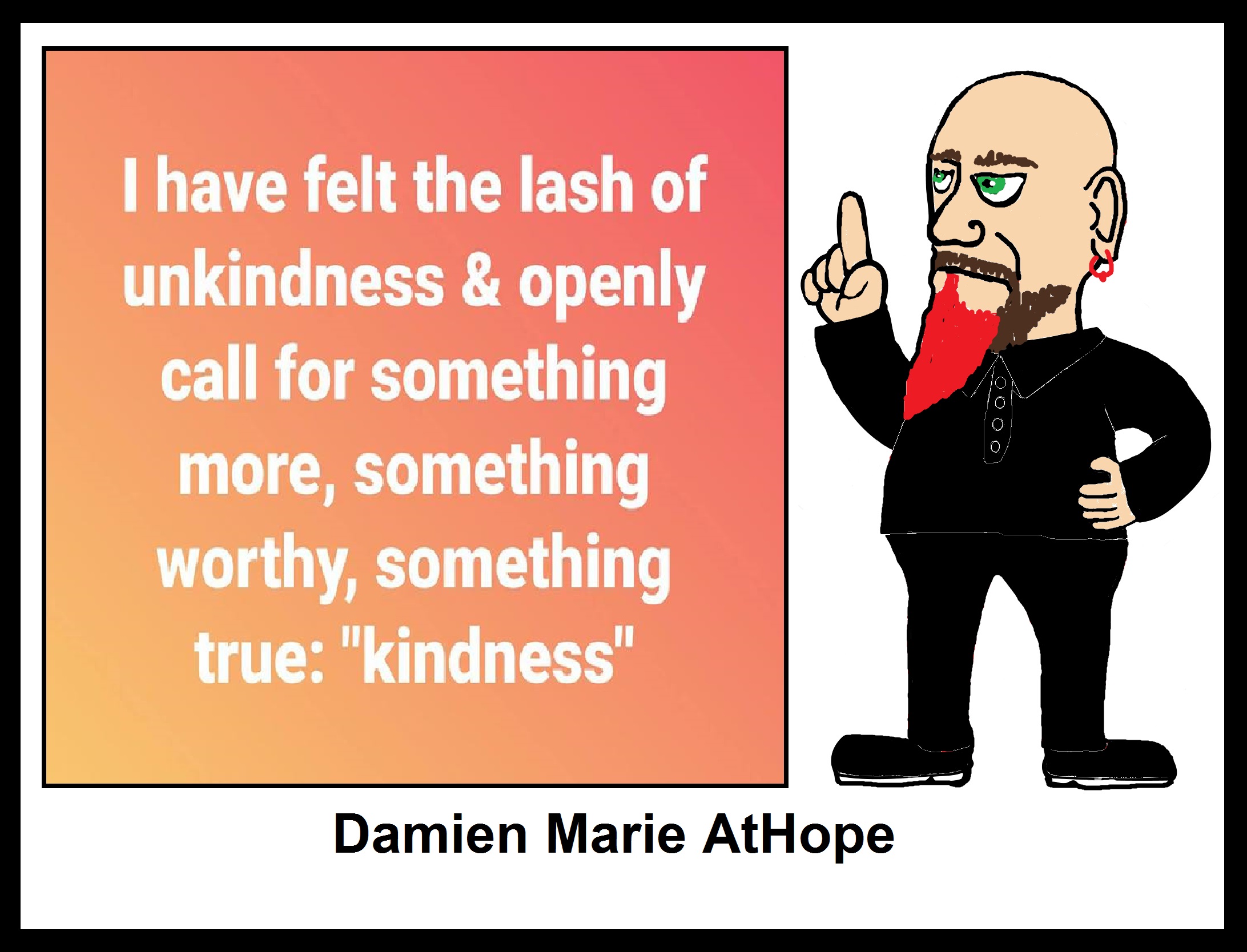
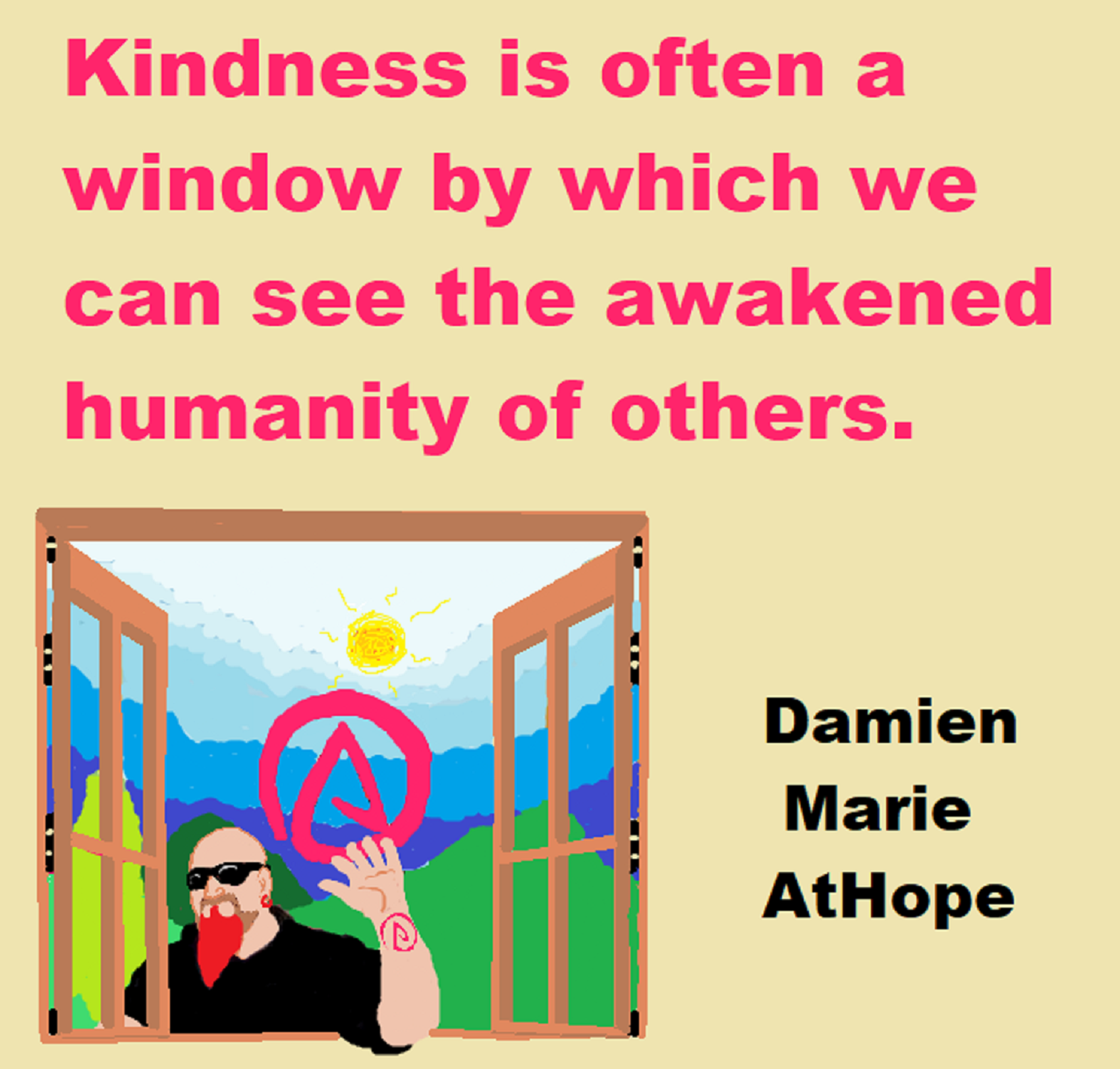
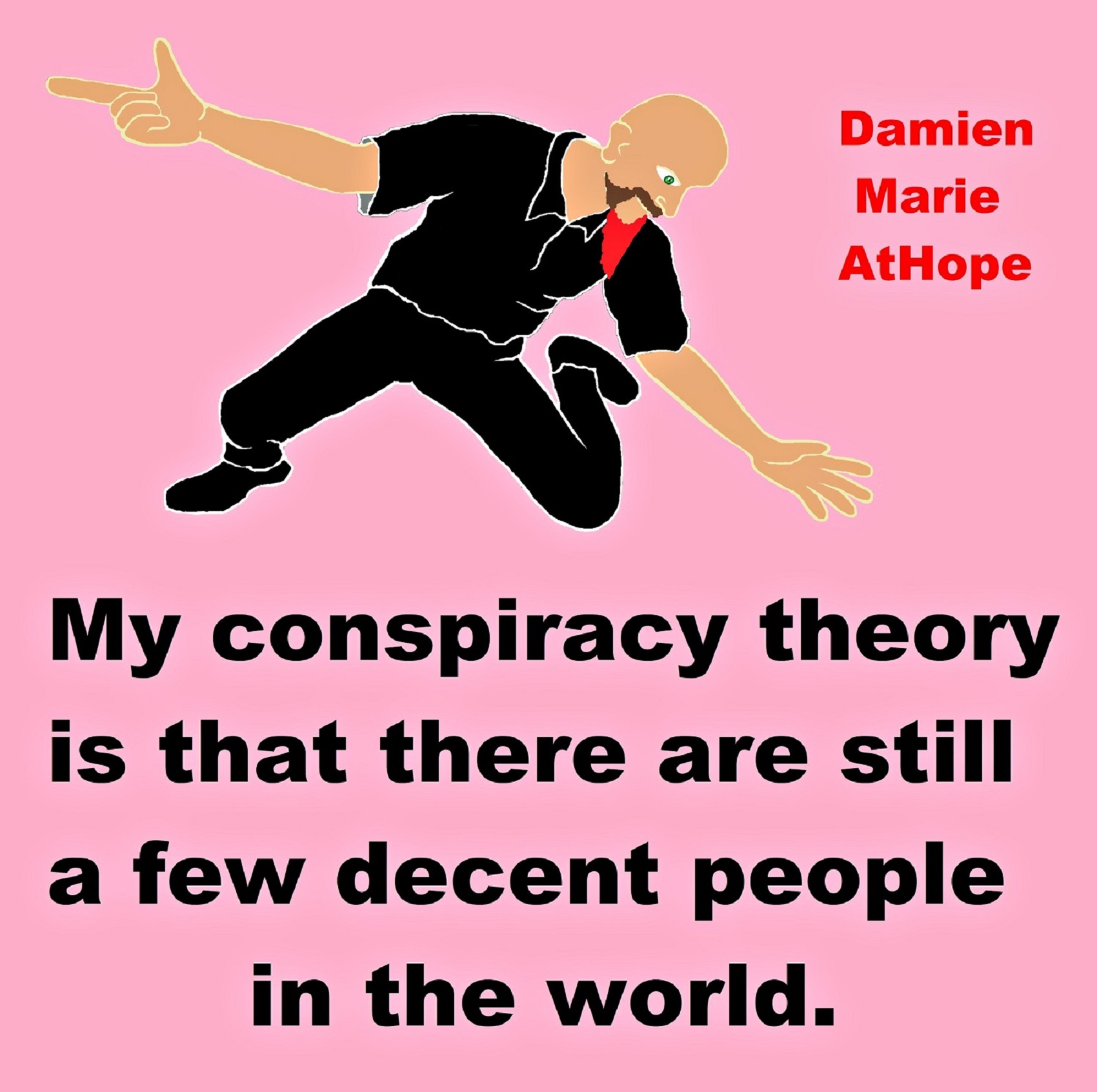
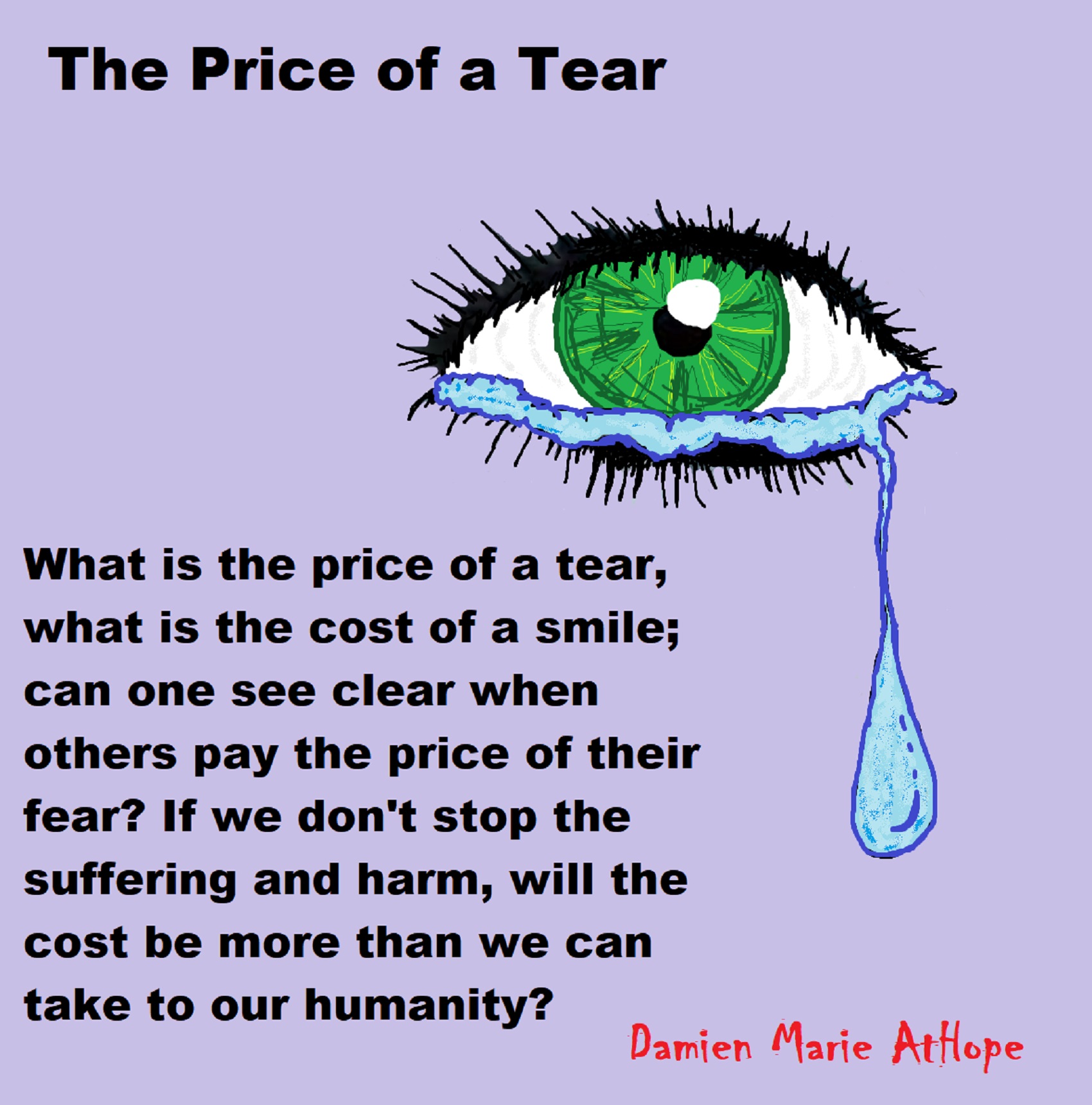
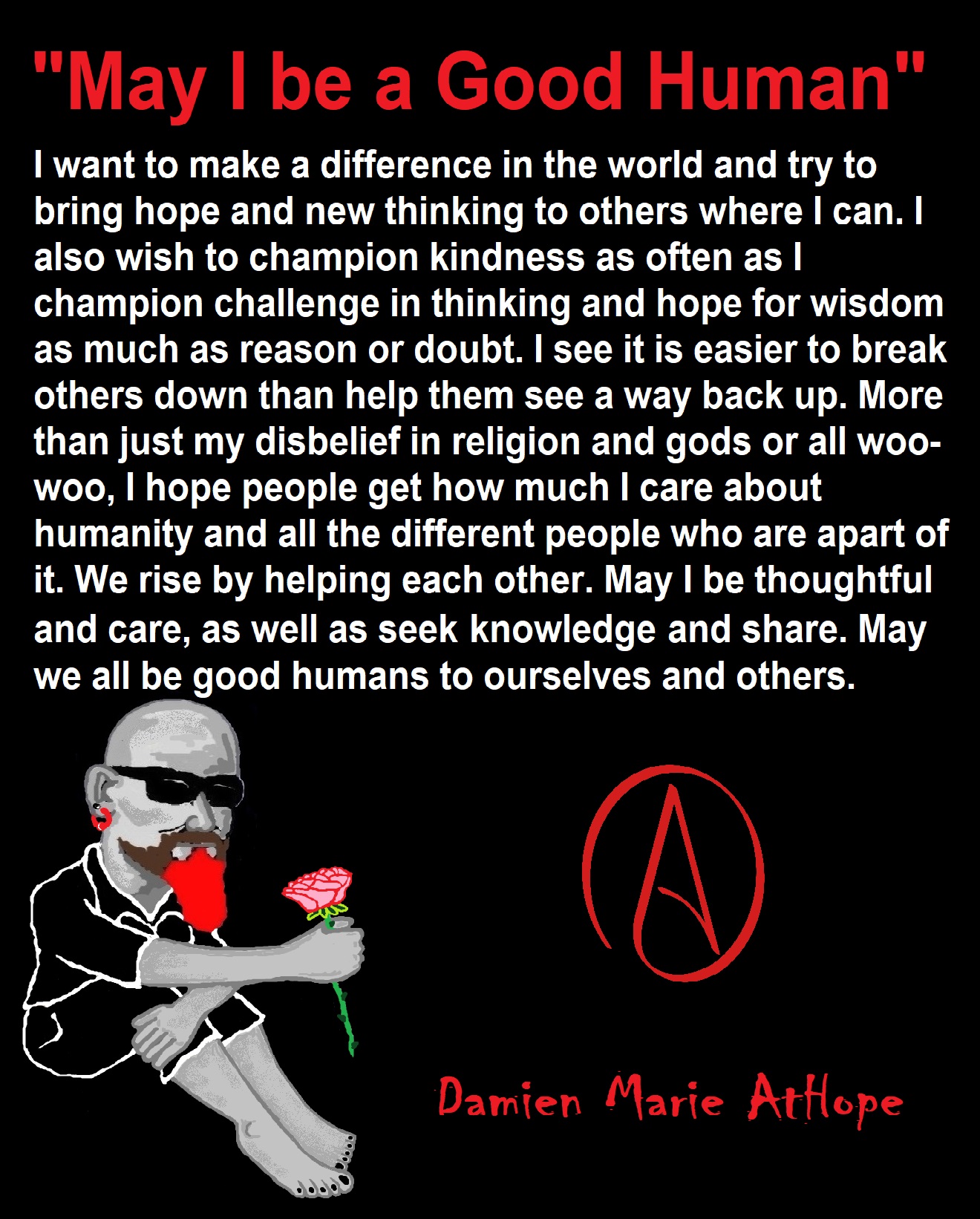

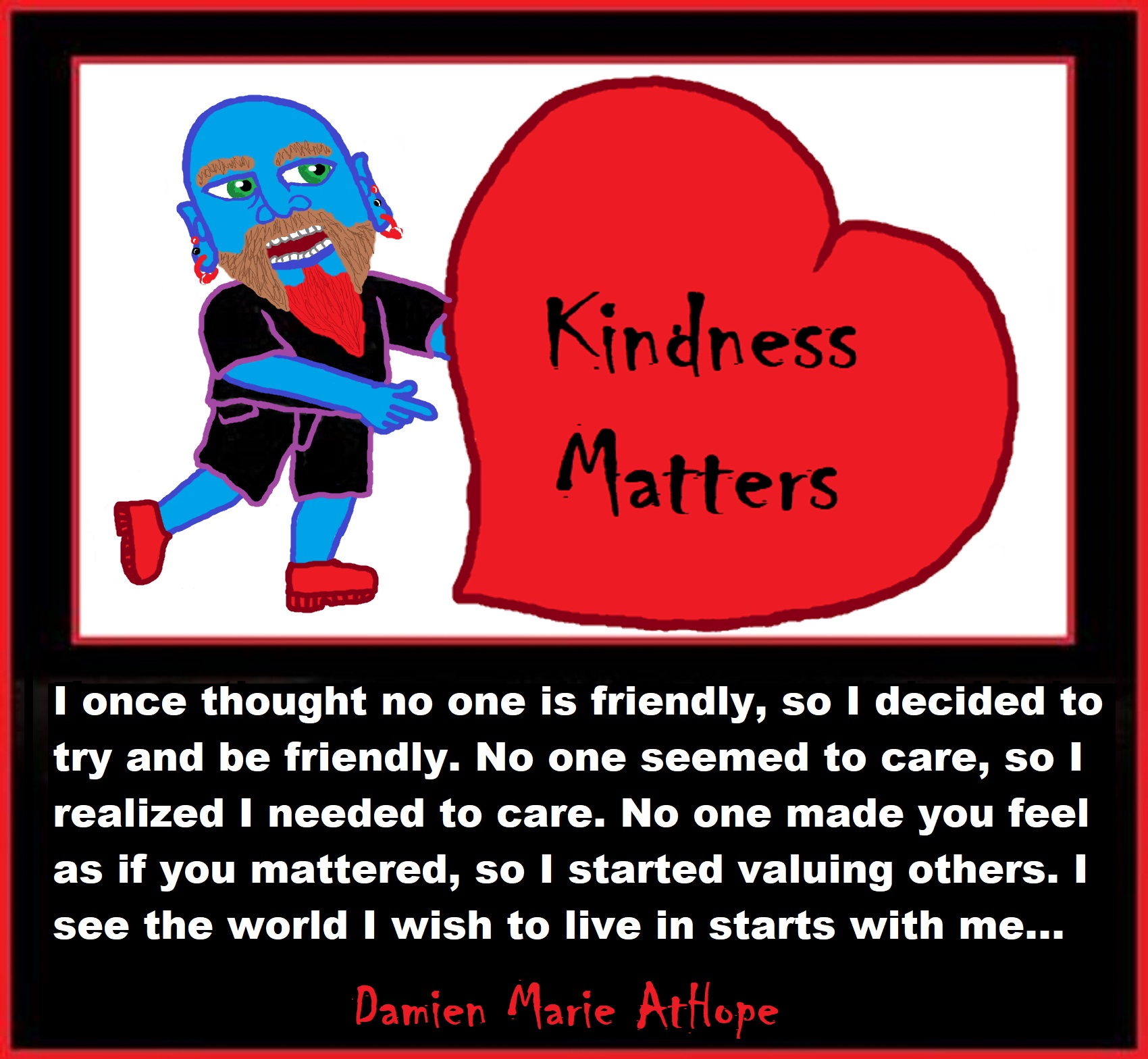
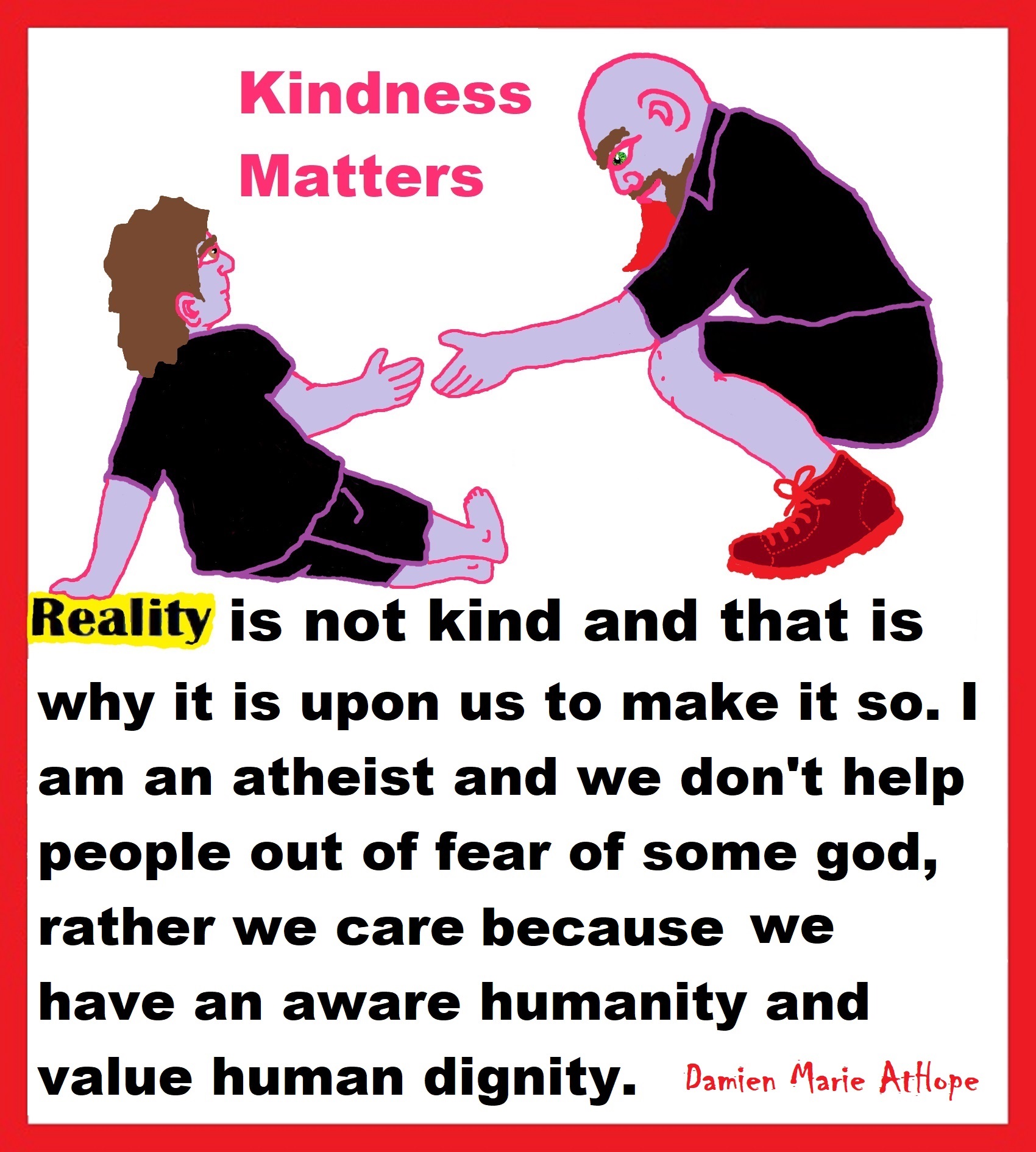


While hallucinogens are associated with shamanism, it is alcohol that is associated with paganism.
The Atheist-Humanist-Leftist Revolutionaries Shows in the prehistory series:
Show two: Pre-animism 300,000 years old and animism 100,000 years old: related to “Anarchism and Socialism”
Show tree: Totemism 50,000 years old: related to “Anarchism and Socialism”
Show four: Shamanism 30,000 years old: related to “Anarchism and Socialism”
Show five: Paganism 12,000 years old: related to “Anarchism and Socialism”
Show six: Emergence of hierarchy, sexism, slavery, and the new male god dominance: Paganism 7,000-5,000 years old: related to “Anarchism and Socialism” (Capitalism) (World War 0) Elite and their slaves!
Prehistory: related to “Anarchism and Socialism” the division of labor, power, rights, and recourses: VIDEO
Pre-animism 300,000 years old and animism 100,000 years old: related to “Anarchism and Socialism”: VIDEO
Totemism 50,000 years old: related to “Anarchism and Socialism”: VIDEO
Shamanism 30,000 years old: related to “Anarchism and Socialism”: VIDEO
Paganism 12,000 years old: related to “Anarchism and Socialism” (Pre-Capitalism): VIDEO
Paganism 7,000-5,000 years old: related to “Anarchism and Socialism” (Capitalism) (World War 0) Elite and their slaves: VIEDO
Paganism 5,000 years old: progressed organized religion and the state: related to “Anarchism and Socialism” (Kings and the Rise of the State): VIEDO
Paganism 4,000 years old: related to “Anarchism and Socialism” (First Moralistic gods, then the Origin time of Monotheism): VIEDO
I do not hate simply because I challenge and expose myths or lies any more than others being thought of as loving simply because of the protection and hiding from challenge their favored myths or lies.
The truth is best championed in the sunlight of challenge.
An archaeologist once said to me “Damien religion and culture are very different”
My response, So are you saying that was always that way, such as would you say Native Americans’ cultures are separate from their religions? And do you think it always was the way you believe?
I had said that religion was a cultural product. That is still how I see it and there are other archaeologists that think close to me as well. Gods too are the myths of cultures that did not understand science or the world around them, seeing magic/supernatural everywhere.
I personally think there is a goddess and not enough evidence to support a male god at Çatalhöyük but if there was both a male and female god and goddess then I know the kind of gods they were like Proto-Indo-European mythology.
This series idea was addressed in, Anarchist Teaching as Free Public Education or Free Education in the Public: VIDEO
Our 12 video series: Organized Oppression: Mesopotamian State Force and the Politics of power (9,000-4,000 years ago), is adapted from: The Complete and Concise History of the Sumerians and Early Bronze Age Mesopotamia (7000-2000 BC): https://www.youtube.com/watch?v=szFjxmY7jQA by “History with Cy“
Show #1: Mesopotamian State Force and the Politics of Power (Samarra, Halaf, Ubaid)
Show #2: Mesopotamian State Force and the Politics of Power
Show #3: Mesopotamian State Force and the Politics of Power (Uruk and the First Cities)
Show #4: Mesopotamian State Force and the Politics of Power (First Kings)
Show #5: Mesopotamian State Force and the Politics of Power (Early Dynastic Period)
Show #6: Mesopotamian State Force and the Politics of Power
Show #7: Mesopotamian State Force and the Politics of Power (Sargon and Akkadian Rule)
Show #9: Mesopotamian State Force and the Politics of Power (Gudea of Lagash and Utu-hegal)
Show #12: Mesopotamian State Force and the Politics of Power (Aftermath and Legacy of Sumer)

The “Atheist-Humanist-Leftist Revolutionaries”
Cory Johnston ☭ Ⓐ Atheist Leftist @Skepticallefty & I (Damien Marie AtHope) @AthopeMarie (my YouTube & related blog) are working jointly in atheist, antitheist, antireligionist, antifascist, anarchist, socialist, and humanist endeavors in our videos together, generally, every other Saturday.
Why Does Power Bring Responsibility?
Think, how often is it the powerless that start wars, oppress others, or commit genocide? So, I guess the question is to us all, to ask, how can power not carry responsibility in a humanity concept? I know I see the deep ethical responsibility that if there is power their must be a humanistic responsibility of ethical and empathic stewardship of that power. Will I be brave enough to be kind? Will I possess enough courage to be compassionate? Will my valor reach its height of empathy? I as everyone, earns our justified respect by our actions, that are good, ethical, just, protecting, and kind. Do I have enough self-respect to put my love for humanity’s flushing, over being brought down by some of its bad actors? May we all be the ones doing good actions in the world, to help human flourishing.
I create the world I want to live in, striving for flourishing. Which is not a place but a positive potential involvement and promotion; a life of humanist goal precision. To master oneself, also means mastering positive prosocial behaviors needed for human flourishing. I may have lost a god myth as an atheist, but I am happy to tell you, my friend, it is exactly because of that, leaving the mental terrorizer, god belief, that I truly regained my connected ethical as well as kind humanity.
Cory and I will talk about prehistory and theism, addressing the relevance to atheism, anarchism, and socialism.
At the same time as the rise of the male god, 7,000 years ago, there was also the very time there was the rise of violence, war, and clans to kingdoms, then empires, then states. It is all connected back to 7,000 years ago, and it moved across the world.
Cory Johnston: https://damienmarieathope.com/2021/04/cory-johnston-mind-of-a-skeptical-leftist/?v=32aec8db952d
The Mind of a Skeptical Leftist (YouTube)
Cory Johnston: Mind of a Skeptical Leftist @Skepticallefty
The Mind of a Skeptical Leftist By Cory Johnston: “Promoting critical thinking, social justice, and left-wing politics by covering current events and talking to a variety of people. Cory Johnston has been thoughtfully talking to people and attempting to promote critical thinking, social justice, and left-wing politics.” http://anchor.fm/skepticalleft
Cory needs our support. We rise by helping each other.
Cory Johnston ☭ Ⓐ @Skepticallefty Evidence-based atheist leftist (he/him) Producer, host, and co-host of 4 podcasts @skeptarchy @skpoliticspod and @AthopeMarie
Damien Marie AtHope (“At Hope”) Axiological Atheist, Anti-theist, Anti-religionist, Secular Humanist. Rationalist, Writer, Artist, Poet, Philosopher, Advocate, Activist, Psychology, and Armchair Archaeology/Anthropology/Historian.
Damien is interested in: Freedom, Liberty, Justice, Equality, Ethics, Humanism, Science, Atheism, Antiteism, Antireligionism, Ignosticism, Left-Libertarianism, Anarchism, Socialism, Mutualism, Axiology, Metaphysics, LGBTQI, Philosophy, Advocacy, Activism, Mental Health, Psychology, Archaeology, Social Work, Sexual Rights, Marriage Rights, Woman’s Rights, Gender Rights, Child Rights, Secular Rights, Race Equality, Ageism/Disability Equality, Etc. And a far-leftist, “Anarcho-Humanist.”
I am not a good fit in the atheist movement that is mostly pro-capitalist, I am anti-capitalist. Mostly pro-skeptic, I am a rationalist not valuing skepticism. Mostly pro-agnostic, I am anti-agnostic. Mostly limited to anti-Abrahamic religions, I am an anti-religionist.
To me, the “male god” seems to have either emerged or become prominent around 7,000 years ago, whereas the now favored monotheism “male god” is more like 4,000 years ago or so. To me, the “female goddess” seems to have either emerged or become prominent around 11,000-10,000 years ago or so, losing the majority of its once prominence around 2,000 years ago due largely to the now favored monotheism “male god” that grow in prominence after 4,000 years ago or so.
My Thought on the Evolution of Gods?
Animal protector deities from old totems/spirit animal beliefs come first to me, 13,000/12,000 years ago, then women as deities 11,000/10,000 years ago, then male gods around 7,000/8,000 years ago. Moralistic gods around 5,000/4,000 years ago, and monotheistic gods around 4,000/3,000 years ago.
To me, animal gods were likely first related to totemism animals around 13,000 to 12,000 years ago or older. Female as goddesses was next to me, 11,000 to 10,000 years ago or so with the emergence of agriculture. Then male gods come about 8,000 to 7,000 years ago with clan wars. Many monotheism-themed religions started in henotheism, emerging out of polytheism/paganism.


Damien Marie AtHope (Said as “At” “Hope”)/(Autodidact Polymath but not good at math):
Axiological Atheist, Anti-theist, Anti-religionist, Secular Humanist, Rationalist, Writer, Artist, Jeweler, Poet, “autodidact” Philosopher, schooled in Psychology, and “autodidact” Armchair Archaeology/Anthropology/Pre-Historian (Knowledgeable in the range of: 1 million to 5,000/4,000 years ago). I am an anarchist socialist politically. Reasons for or Types of Atheism
My Website, My Blog, & Short-writing or Quotes, My YouTube, Twitter: @AthopeMarie, and My Email: damien.marie.athope@gmail.com


